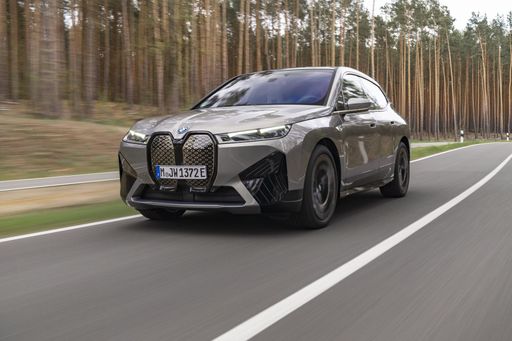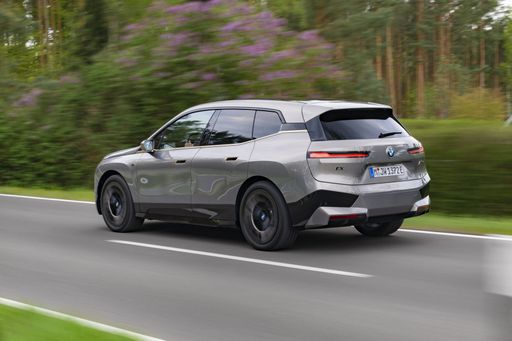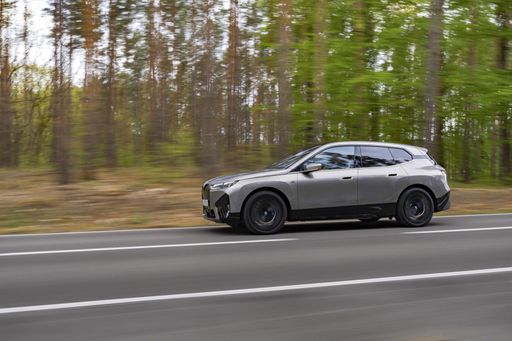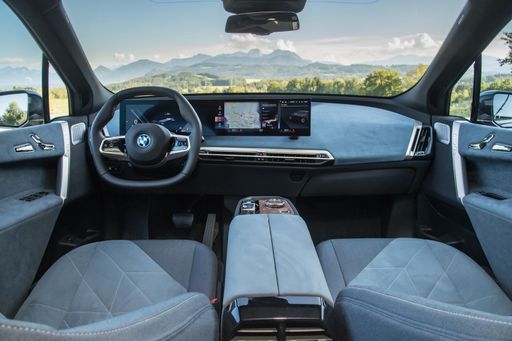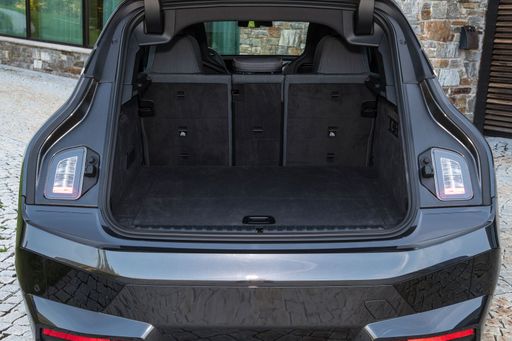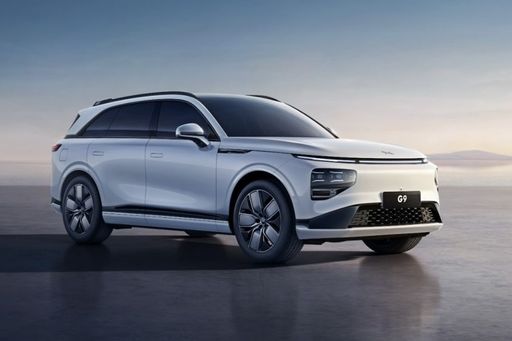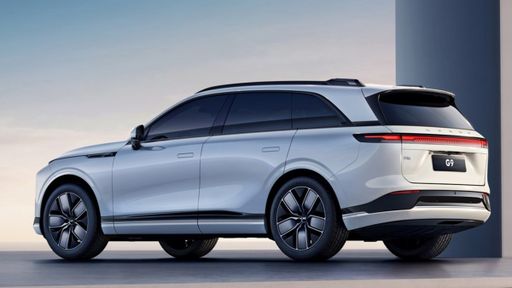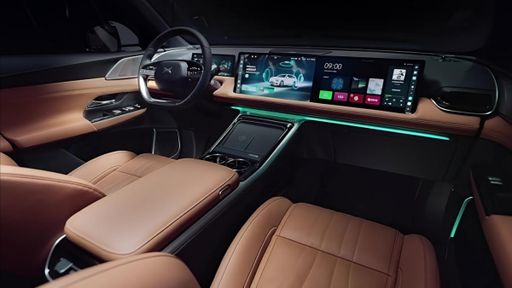BMW iX vs XPeng G9: A Battle of Electric SUVs
In the rapidly evolving electric vehicle market, the competition among major brands is fierce. Two standout models in this landscape are the BMW iX and the XPeng G9. Both electric SUVs promise exceptional performance, innovative technology, and eco-friendly driving. But how do they stack up against each other? Let’s dive into a detailed comparison of their technical specifications and innovative features.

